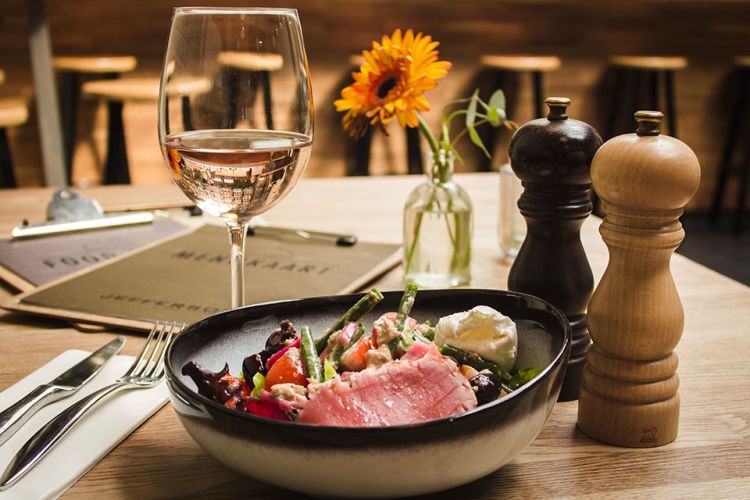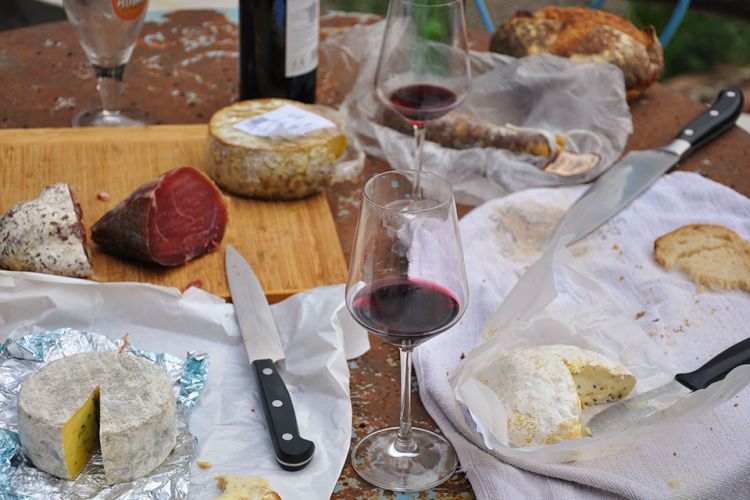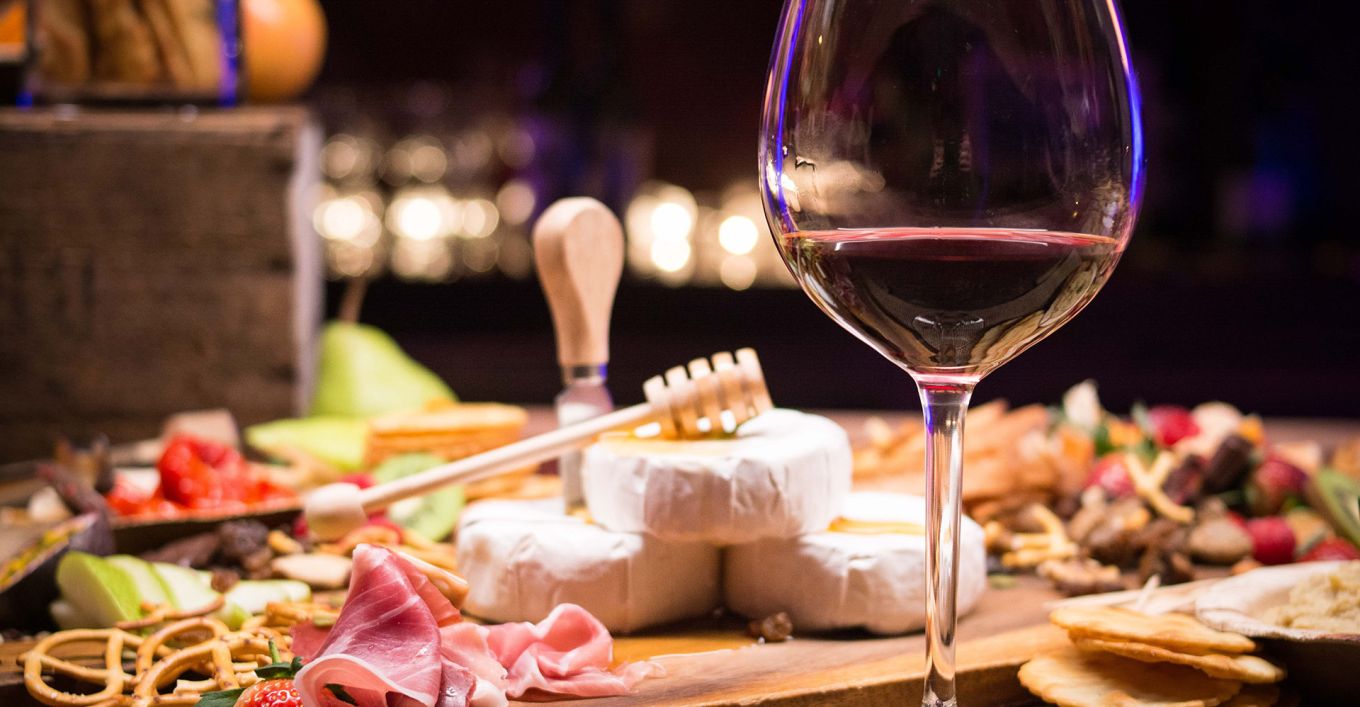A guide to food and wine pairing
It’s time to stop, rethink, try and relax and learn new skills or even just improve the ones we already have. I’m using mine to meditate, cook and improve my palate. I’ve read a lot these days and experimented with the food and wines I have at home, and would like to share the result with you!
There are four main flavours we can easily distinguish: sweet, sour, salt and bitter. Recently, experts have “discovered” a fifth flavour, umami, which basically means “tasty” and can be applied to a taste difficult to define, such as monosodium glutamate, asparagus, mushrooms or certain types of cheese. I will keep it simple though, so I will not consider umami this time. When it comes to wine there’s also a couple of other considerations, we need to make such as fattiness of food and spice.
The combination of these flavours, matched with the correct wine, will result in the success or failure of what should be a delicious dinner. Many of you I am sure, will be spending more time cooking over the next weeks, so try giving some of these tips a try, and be sure to share your experiences with us!
1) Combine the wine with the prevailing flavour
The rule “fish goes with white, meat with red” is not always valid. It depends, basically, on how you cook it, the type of sauce, etc. The taste of the main ingredient is not the only one to take into consideration, but the prevailing flavour of the ensemble. The sauce for example.
One of the principal rules of pairing is that the main flavour of the wine needs to have a similar sensory quality with the flavour intensity and depth of the dish.

Combine the wine with the prevailing flavour
2) Sour (acidity) needs sour
Sourness or acidity is the key of a good wine. Without it, most wines would be flat. Sour dishes reduce the perception of sharpness in the wine; therefore, a low sourness wine can be tasteless if you combine it, for example, with a tomato sauce.
Chicken in lemon sauce, grilled fish or ratatouille are the perfect couple of a white wine with high acidity.
3) Tannin, bitterness and fat
Tannin is the astringent component of red wine, which provides body and structure. It is present in the skins and seeds of the grape. That astringency, however, can sometimes cause an unpleasant bitter feeling at the back of the tongue. Bitterness and fat counterbalance each other. Fat softens the tannins and provides a mellow and creamy touch in the palate.
Combine a tannic wine (for example, an oaked red) with butter or cream sauces, fish with high fat content, grilled chops or most famously a steak, for example.
Seen from the other side, a slightly bitter meal (artichokes, for example) would combine much better with a low tannin red, or even a white.

Tannin, bitterness and fat
4) Spicy needs sugar
The perception of alcohol is stronger with spiciness. Serving a wonderful spicy meal with a strong, tannic wine can be a catastrophe, as both flavours would cover up each other and likely increase the spice!
However, you’ll be impressed with the resulting combination of a spicy curry with a semi-sweet wine, as both flavours are complementary and balance out the flavours.
5) Salt, wine’s best friend
Salt increases the perception of body in wine, highlights its virtues and reduces its faults, so we can say it´s wine’s best friend! A salty dish usually makes a good couple with a tannic wine. If you like more creative flavours, you can also combine it with sweet wines, for example, a muscatel sweet with blue cheese.
However, salt likes to be the main character of the couple. Do not combine it with high sourness! They will compete against each other and the result may not be what you wish for!

Salt, wine’s best friend
6) Sweet & Sweet = Success
Too much sugar in a meal would make the wine less fruity. Do not mix your dessert with a tannic or dry wine, or the result will be a disappointment for both!
If there is a lot of sugar in your dish (as usually what happens with a Canarian dessert) serve it with an even sweeter wine, both elements will balance and you will enjoy a very pleasant feeling.
Well, this is what I found out after these days of “retirement” and experimentation!
We look forward to hearing your experiences and thoughts.
Good luck & stay well!
Nieves Justo







